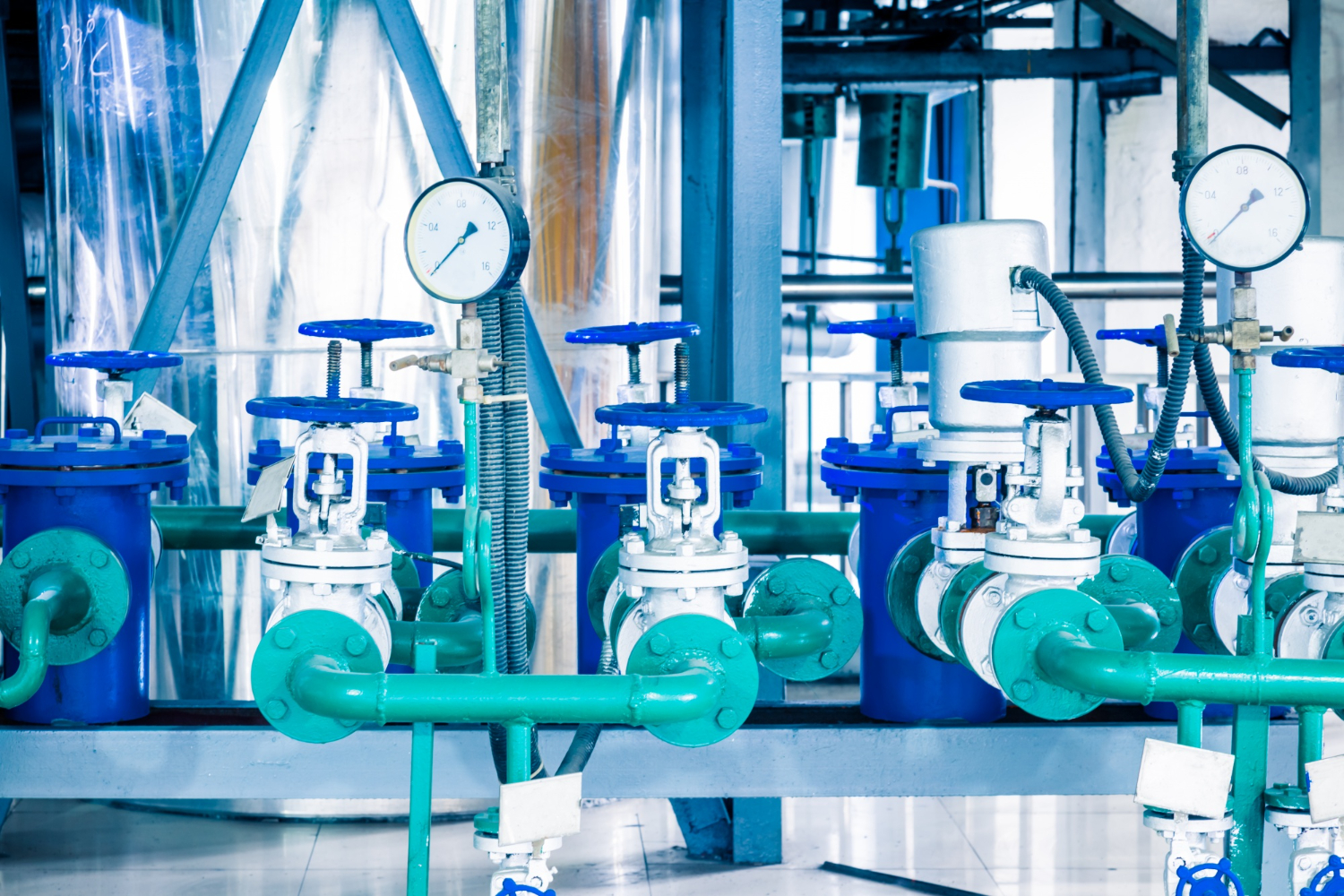
In the fast-paced manufacturing world, optimizing processes and maximizing plant efficiency are crucial for maintaining a competitive edge. One often overlooked yet essential component in achieving these goals is valves’ proper selection and utilization. Valves play a critical role in regulating the flow of liquids, gases, and other materials throughout various stages of the manufacturing process. This article explores the significance of valves and highlights their impact on plant efficiency.
Table of Contents
The Basics of Valves
Valves are mechanical devices designed to control the flow, pressure, and direction of fluids or gases within a system. They act as gatekeepers, allowing or preventing the passage of materials through pipelines or other channels. Valves come in various types, including gate, ball, butterfly, and globe valves, each with unique characteristics and applications.
Types of valves
In a manufacturing plant, you will find various valves designed for specific applications and functions. Here are some common types of valves used in manufacturing plants:
- Gate Valves: Gate valves are used to control the flow of fluids or gases by raising or lowering a gate-like disc. They provide a tight seal when fully closed and offer minimal flow restriction when fully opened. Gate valves are often used in applications that require total flow capacity or isolation.
- Ball Valves: Ball valves have a spherical disc with a hole (port) in the center. By rotating the ball, the flow can be opened or blocked entirely. Ball valves offer quick and reliable shut-off, making them suitable for applications that require frequent operation or tight sealing.
- Butterfly Valves: Butterfly valves feature a disc that rotates within the valve body to control flow. When the disc is parallel to the flow, the valve is fully open, and when it is perpendicular, the valve is closed. Butterfly valves are compact, lightweight, and offer excellent flow control, making them ideal for large pipe diameters and low-pressure applications.
- Globe Valves: Globe valves regulate flow by moving a disc against the flow stream. The disc can be raised or lowered using a stem, allowing precise control of flow rates. Globe valves are commonly used in applications that require accurate throttling and flow control.
- Check Valves: Check valves, also known as non-return valves or one-way valves, allow fluid or gas to flow in one direction and prevent backflow. They are crucial for maintaining system integrity, preventing damage to equipment, and ensuring flow consistency in manufacturing processes.
- Pressure Relief Valves: Pressure relief valves are safety valves designed to protect equipment and pipelines from excessive pressure. They automatically open to release excess pressure and close once the pressure is within a safe range. Pressure relief valves help prevent overpressure-related accidents and equipment failures.
- Control Valves: Control valves regulate fluid flow, pressure, or temperature in response to signals from an external control system. These valves can vary the flow rate, redirect flow, or adjust the pressure to maintain specific process conditions. Control valves are widely used in manufacturing plants to ensure precise process control and automation.
- Solenoid Valves: Solenoid valves are electrically operated valves that use an electromagnetic coil to control the flow of fluids or gases. They provide quick on/off control and are commonly used in automated systems requiring remote or rapid actuation.
These are just a few examples of the different types of valves used in manufacturing plants. Each valve type has specific characteristics and applications, and their selection depends on factors such as the nature of the fluid or gas, operating conditions, flow rates, and system requirements. You can visit Valveman for more technical information.
Streamlining Process Control
Efficient process control is paramount in manufacturing plants. Valves play a vital role in streamlining this control by regulating materials’ flow rate and pressure. By adjusting the valves, operators can optimize the speed at which materials move through the system, ensuring smooth operation and preventing bottlenecks. This level of control helps maintain consistent production rates, reducing downtime and enhancing overall efficiency.
Enhancing Safety and Reliability
Valves are integral to ensuring the safety and reliability of manufacturing plants. Plant operators can isolate sections of the process using appropriate valve types, redirect flow, and respond to emergencies promptly. Safety valves, for example, provide overpressure protection by automatically relieving excess pressure, preventing equipment damage or hazardous conditions. Manufacturers can minimize risks and enhance worker safety by implementing reliable valve systems.
Minimizing Energy Consumption
Energy efficiency is a critical aspect of optimizing manufacturing processes. Valves significantly minimize energy consumption by enabling precise control of fluid or gas flow rates. By adjusting valves to match the required flow rates accurately, manufacturers can reduce energy waste associated with excessive pumping or unnecessary pressure. Additionally, automated valve systems with advanced control mechanisms can enhance energy efficiency by responding dynamically to process demands.
Preventing Leakage and Waste
Unwanted leakage or material waste can be detrimental to plant efficiency and profitability. When properly selected and maintained, valves help prevent leakage by providing tight shut-off capabilities. Valves minimize product loss, conserve resources, and prevent environmental contamination by ensuring a proper seal when closed. Regular inspection, maintenance, and timely replacement of worn-out valves are essential for preventing leakage and optimizing plant efficiency.
Conclusion
Valves play a crucial role in optimizing manufacturing processes and enhancing plant efficiency. Valves streamline process control, maintain safety, and minimize energy consumption by providing precise control over fluid and gas flow rates. Additionally, their ability to prevent leakage and waste ensures resource conservation and promotes environmental sustainability. Manufacturers should carefully consider the selection, installation, and maintenance of valves to unlock their full potential in improving plant efficiency and achieving operational excellence.


